Your lateral collateral ligament (LCL) is a narrow and strong ligament located on the outside (lateral aspect) of the knee. It is one of the four ligaments that stabilise the knee joint, alongside the Medial Collateral Ligament (MCL) and the anterior and posterior cruciate ligaments within the knee. It connects the top of the shin bone (tibia) to the bottom of the thigh-bone (femur) and works to resist forces applied to the inside of the knee (varus forces), such as when a ball hits the inside of the leg or knee. This is much less common than impact to the outside of the knee, meaning LCL injuries occur less frequently.
 LCL
injuries occur as a result of stretching and stressing the ligament past the point that it can safely handle. Often this results from excessive
force to the inside of the knee (varus
force)
and various twisting motions at the legs and knees. Examples include:
LCL
injuries occur as a result of stretching and stressing the ligament past the point that it can safely handle. Often this results from excessive
force to the inside of the knee (varus
force)
and various twisting motions at the legs and knees. Examples include:
Those with muscle weakness, ligament laxity or a history of knee injuries are typically at a greater risk of sustaining an LCL injury.
The different levels of severity of injury include a ligament sprain, a partial tear, or a complete rupture. Symptoms can include:
When the injury first occurs, it’s important to stop physical activity and avoid walking on the affected knee where possible. Following the PRICE principles (protection, rest, ice, compression and elevation) can help reduce the initial pain and swelling. If you have had a rupture or significant tear to your LCL, you may require sYou must haveyou have a diagnosis to confirm the extent of your injury, which may involve having an ultrasound, x-ray or MRI imaging. Your podiatrist can help you gradually rebuild the strength in your knee and surrounding muscles, and improve the range of motion in the joint, which will likely be restricted following your injury. This will likely focus on strengthening your quadriceps, hamstrings, calves, hips and pelvic muscles. Your podiatrist will work with you to both help your recovery and reduce the risk of re-injury in the future. This may look at the use of orthotics to control motion at the feet and legs, assessing the stability of your footwear, assessing your walking/running technique, teaching you how to strap your knee when needed, bracing, and physical therapy (strengthening and stretching).

We’ve all had those days — you come home after hours on your feet, kick off your shoes, and notice your ankles look puffier than usual.
Swelling in the feet, ankles, or legs (known medically as edema) isn’t always a reason to panic. It can be as simple as a
salty lunch or a long flight.
But what if it’s happening more often — or seems to be getting worse? Swelling can sometimes be a sign of something more serious. Here’s
what could be going on and when to check in with your doctor.
.jpg)
Every year on October 8th, the world celebrates International Podiatry Day - a day dedicated to
raising awareness about foot health and the vital role that podiatrists play in our overall well-being.

There’s been a lot of buzz about going barefoot. Some say it helps strengthen feet and improves performance, while others warn it can do more harm than good. The truth? It depends on the person, the surface, and how it’s done.
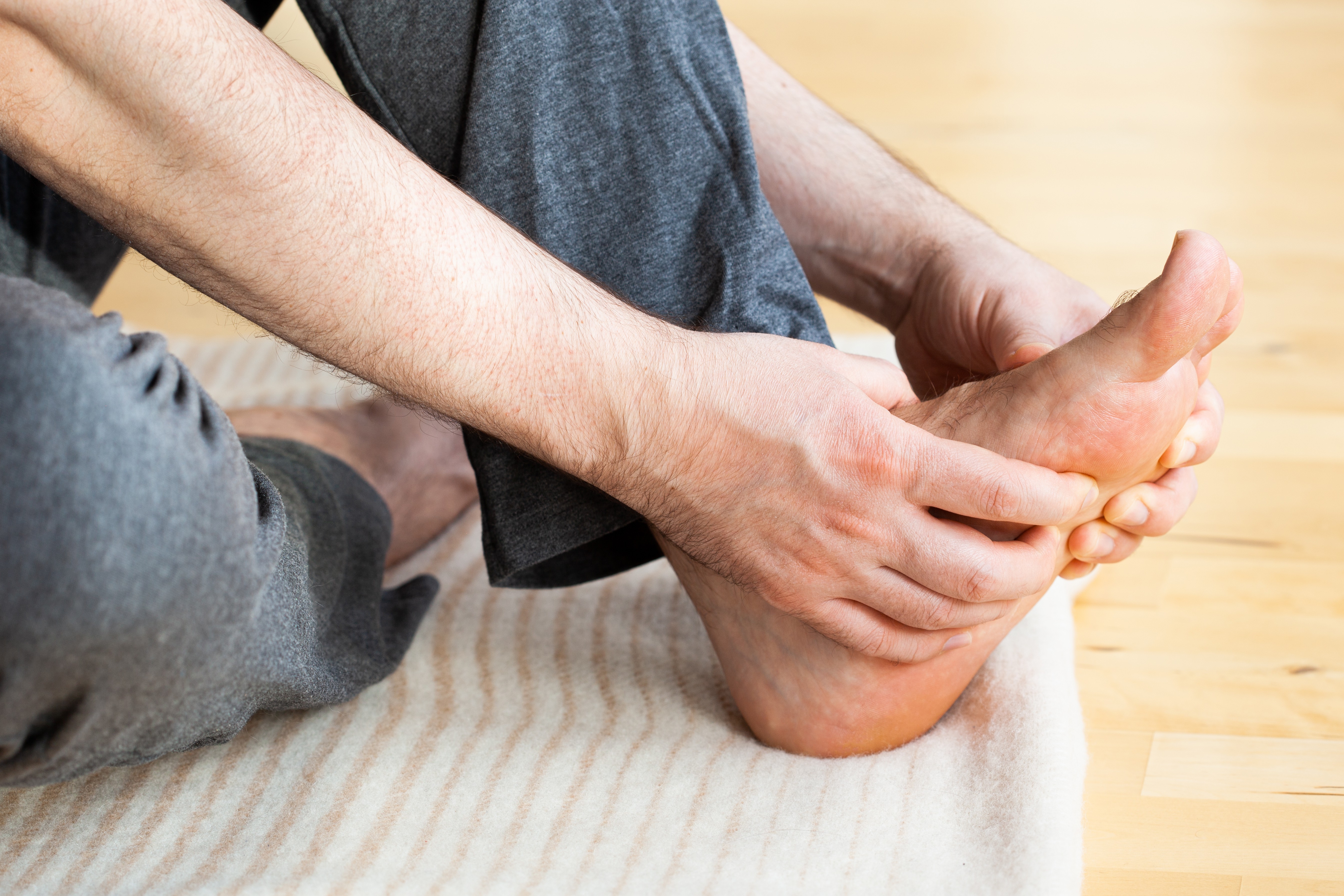
At Perform Podiatry, we specialise in conservative, evidence-based treatments that are safe, effective, and suitable for patients of all ages. One of the most successful options we offer is high-strength salicylic acid therapy.
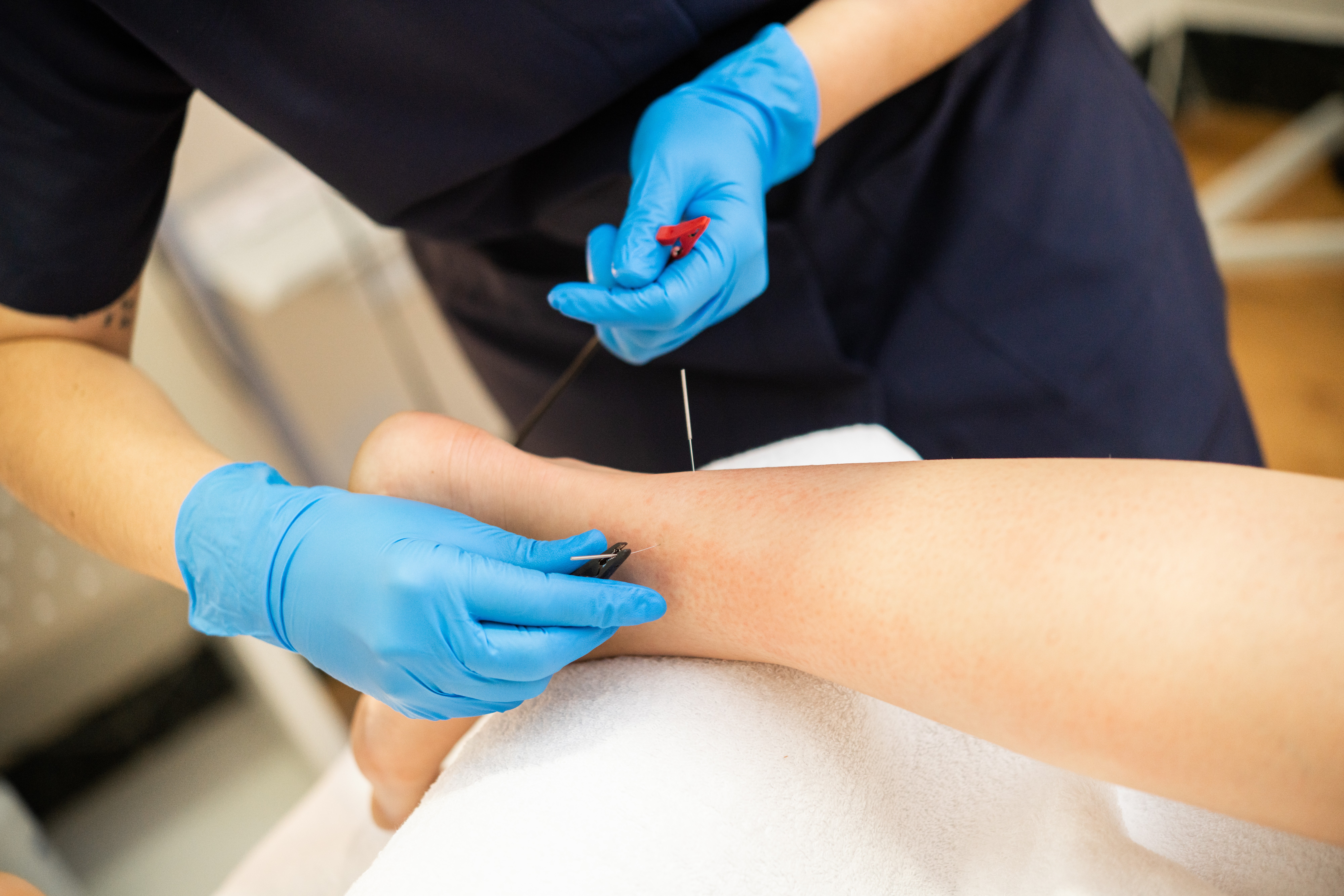
When most people think of podiatry, they picture orthotics, skin/nail care, or sports injury treatment. But podiatry isn’t just about what’s
happening mechanically in your feet, it’s also about supporting the body’s natural healing processes.
One treatment that’s gaining popularity in podiatric care is acupuncture — a technique with ancient roots and modern
scientific backing.

Even a few minutes of foam rolling per day can make a significant difference in your lower limb health. Focus on the calves, hamstrings, IT
band, and plantar fascia. Combine with stretching and strengthening for best results.
Read this blog to find out more about the benefits of Foam rolling.
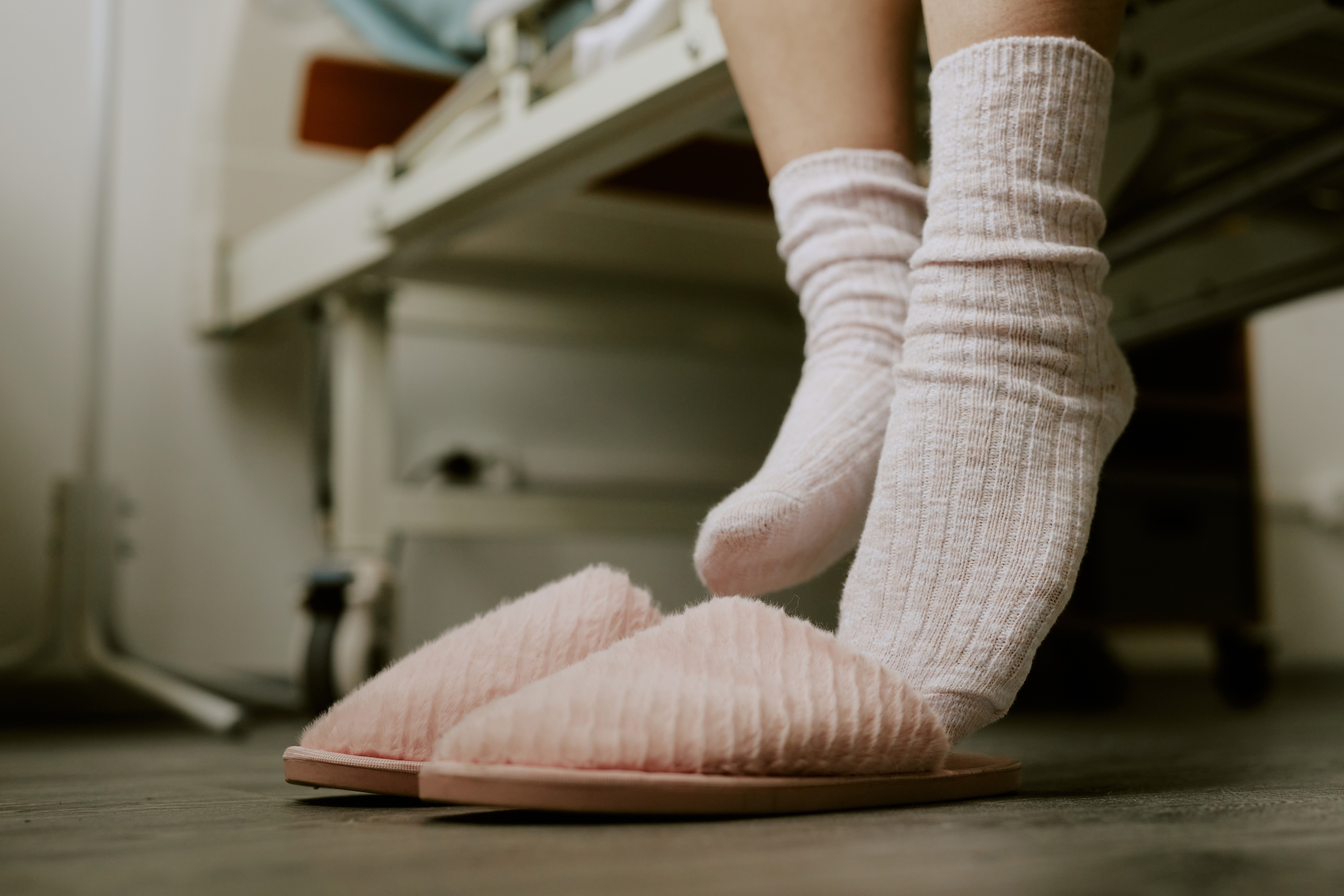
When you think of foot problems, summer usually comes to mind and so does blisters from sandals, sunburns, or barefoot beach walks. But winter can be just as tough on your feet, and in some cases, even more so.
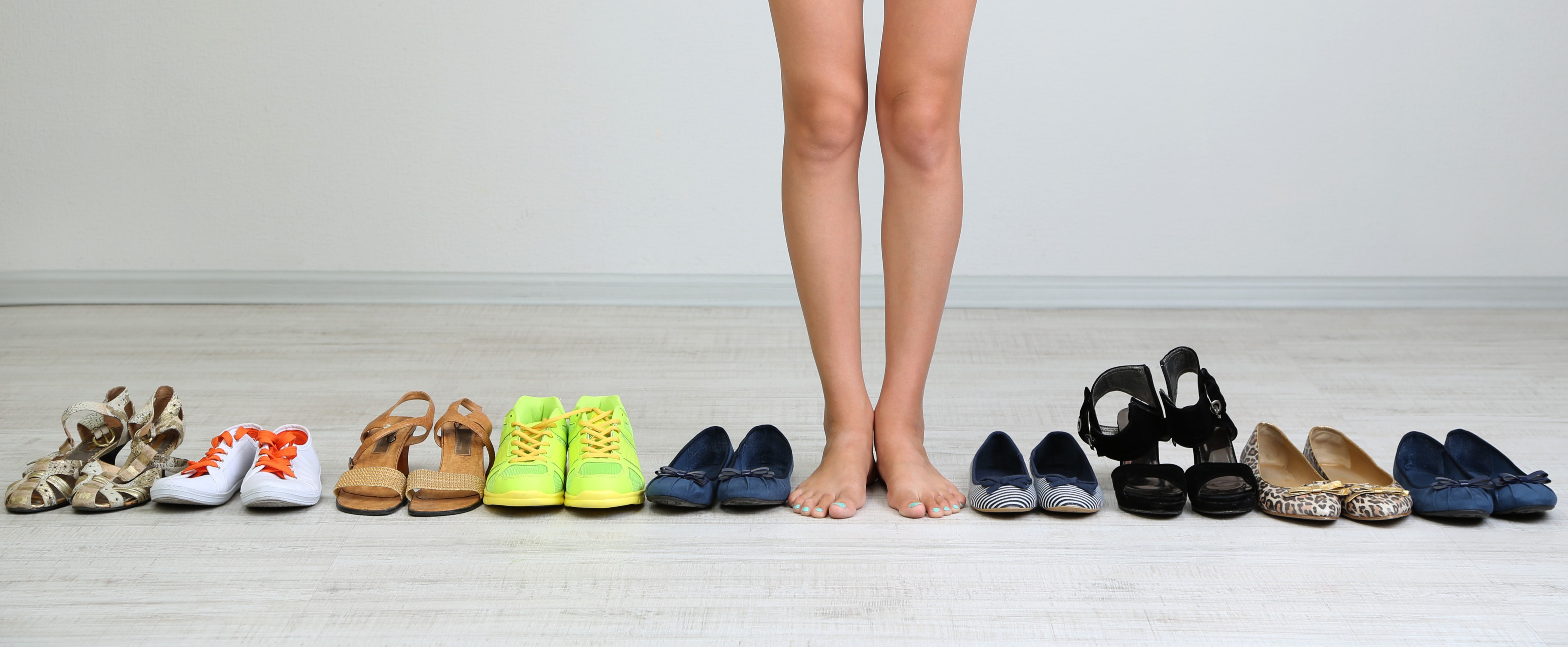
If you’re unsure whether you should wear walking or running shoes when exercising, this article is for you.
We explain the differences between walking and running shoes and how to determine which one is best for your feet. When it comes to buying a new pair of shoes, most people walk into a store expecting to just “find something comfy.” Then, suddenly, you’re asked: Are you looking for
walking shoes or running shoes? And that’s where the confusion begins. Because for many people, the answer isn’t that simple.
You could walk a lot – to work, around the block, chasing after the kids, or while catching up with friends. You could have also just joined
a gym or registered for the Couch to 5km. Or you could be a walker who just wants the option to go for a run if the mood strikes. So, which
shoe do you pick?

Discover why foot health is so important as we age and how Perform Podiatry supports seniors in staying mobile, independent, and pain-free. From diabetic care to personalised treatment plans, we’re here to help keep your feet happy and healthy, every step of the way.
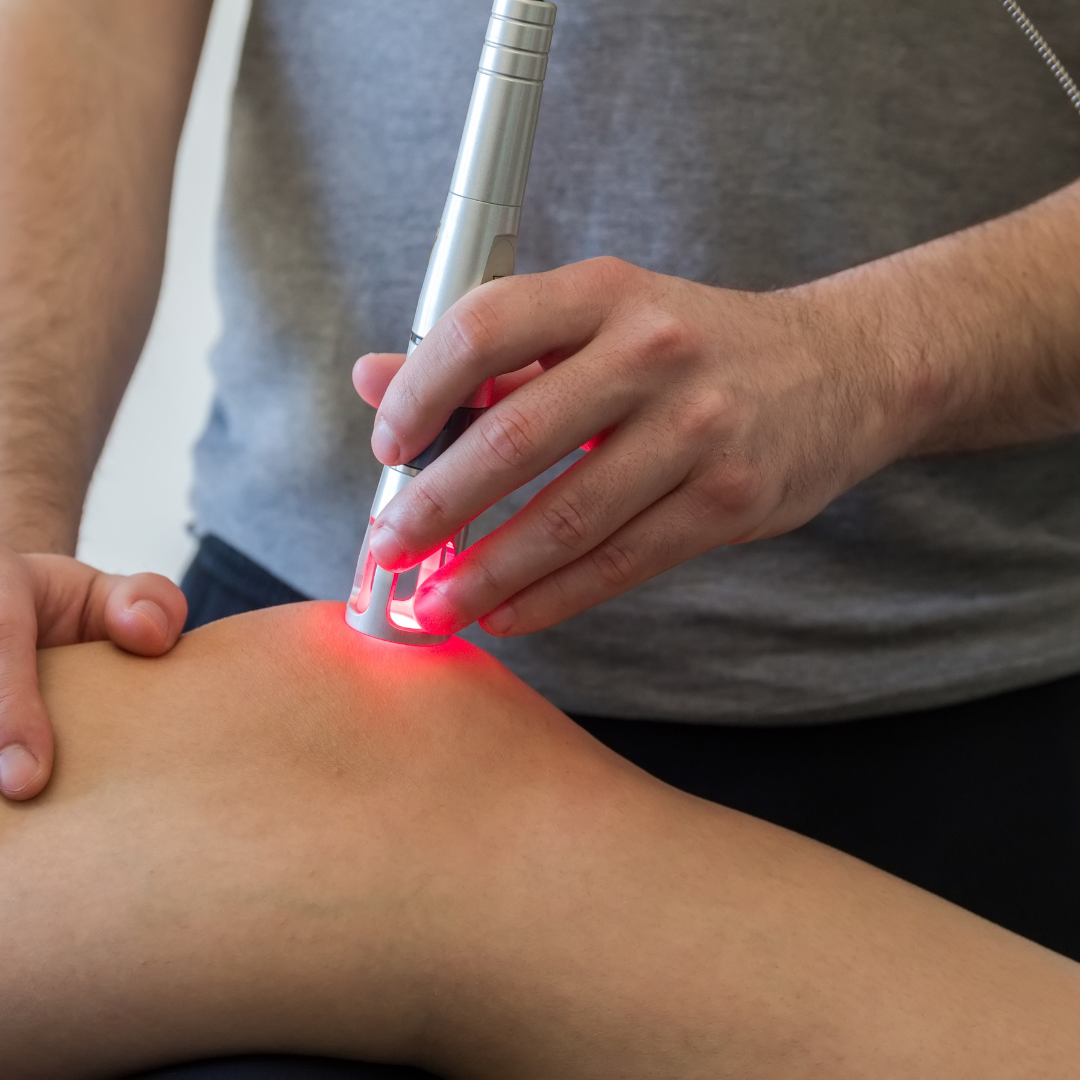
Discover how Class IV Laser Therapy at Perform Podiatry offers powerful, drug-free relief for foot and ankle pain. Backed by science, this advanced treatment helps you heal faster and move better, without the need for surgery or medication.
.png)
Since introducing shockwave therapy, we’ve helped many of our patients avoid surgery for certain conditions. Here's what you
need to know about shockwave treatment and how it works.
.png)
This Mother’s Day, consider a practical, medically safe, and confidence-boosting gift: a professional KeryFlex nail restoration treatment. It’s a simple, effective, and medically safe way to instantly transform the appearance of toenails.

In some cases like arthritis, continuing to stay active is one of the best things you can do for your joints. Is the same true if you're in pain or have an injury?

A stroke is New Zealand's second single biggest cause of death and a leading cause of serious adult disability. Here's how podiatry can help in your rehabilitation.
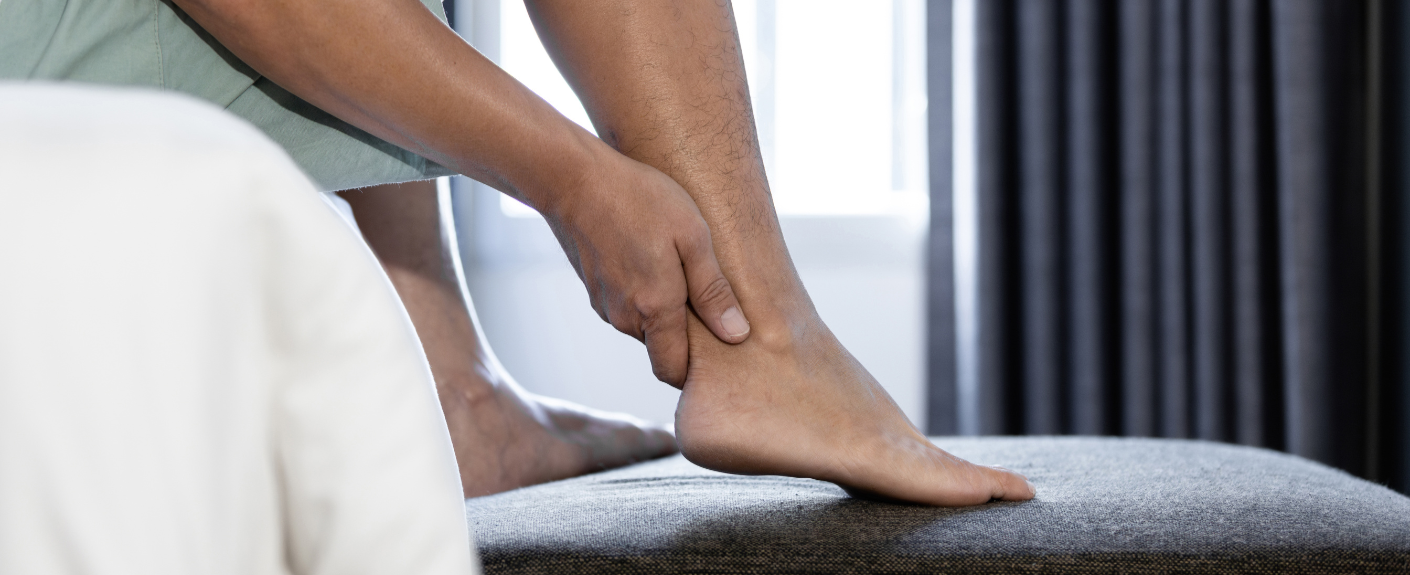
Shockwave is a fantastic treatment for Achilles injuries and Achilles heel pain. Here's how it works and how our podiatrists use it.
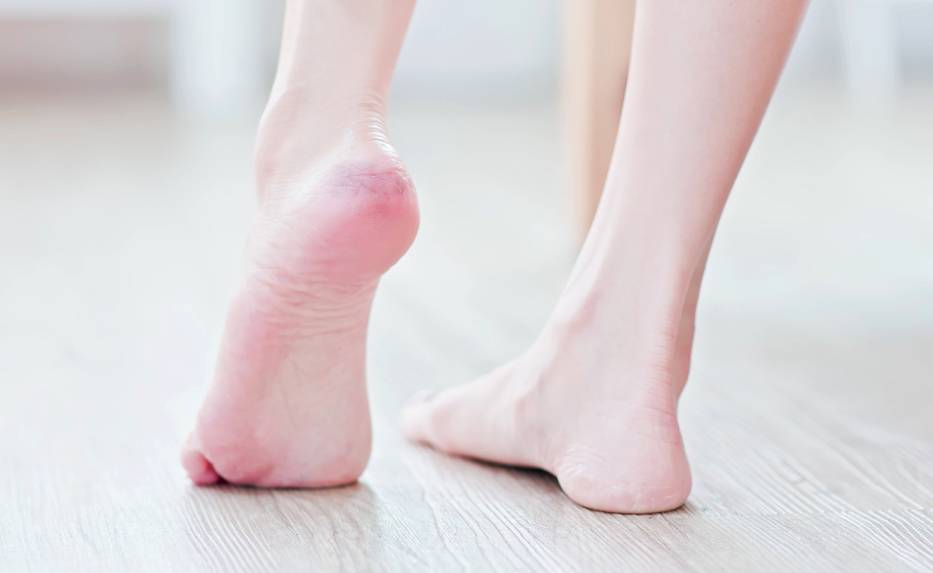
How does shockwave work to relieve foot pain? Here's how it helps you, and how our podiatrists use it at our Remuera clinic.

How do you go through the holidays and family visits while keeping up your strength and fitness? Here are five ways.

Help your loved ones stay on their feet for years to come with a podiatry appointment. Here's how it can help.
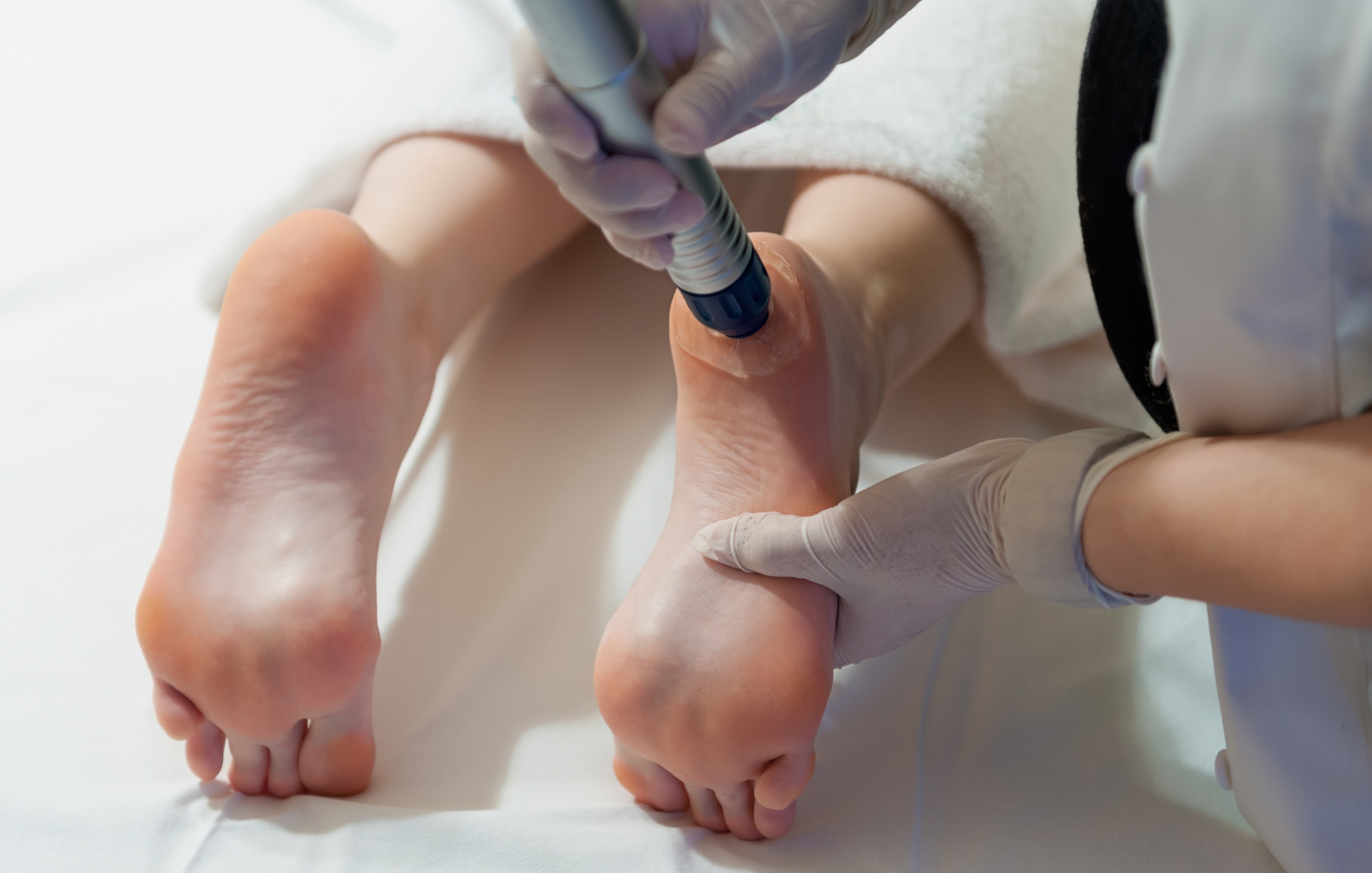
Otherwise known as radial pressure wave therapy, shockwave therapy is a device held by our podiatrists and positioned against your foot or leg at the site of your injury.
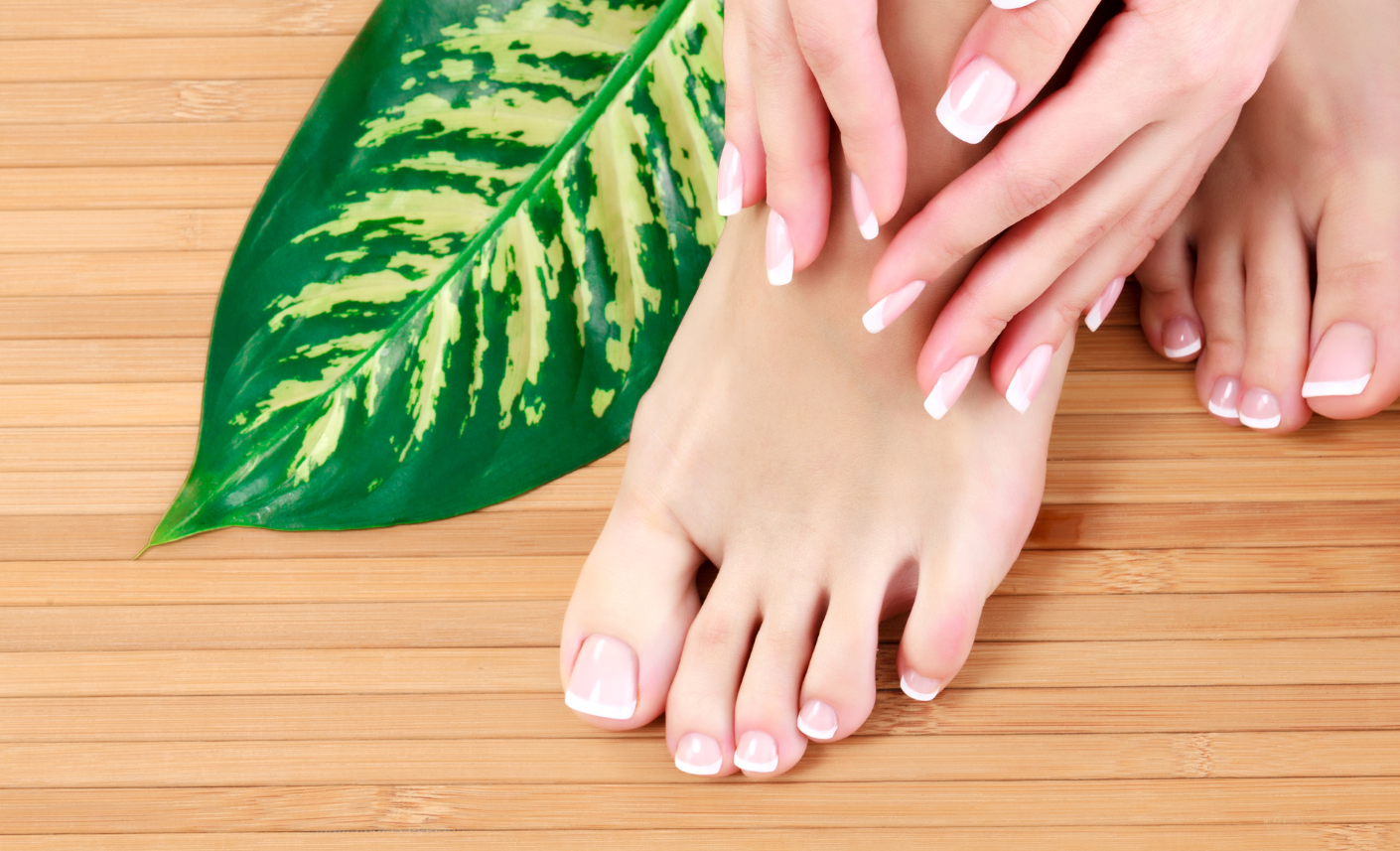
We can transform the appearance of toenails to look healthy and clear in three ways, and as fast as in one appointment. Here's how.
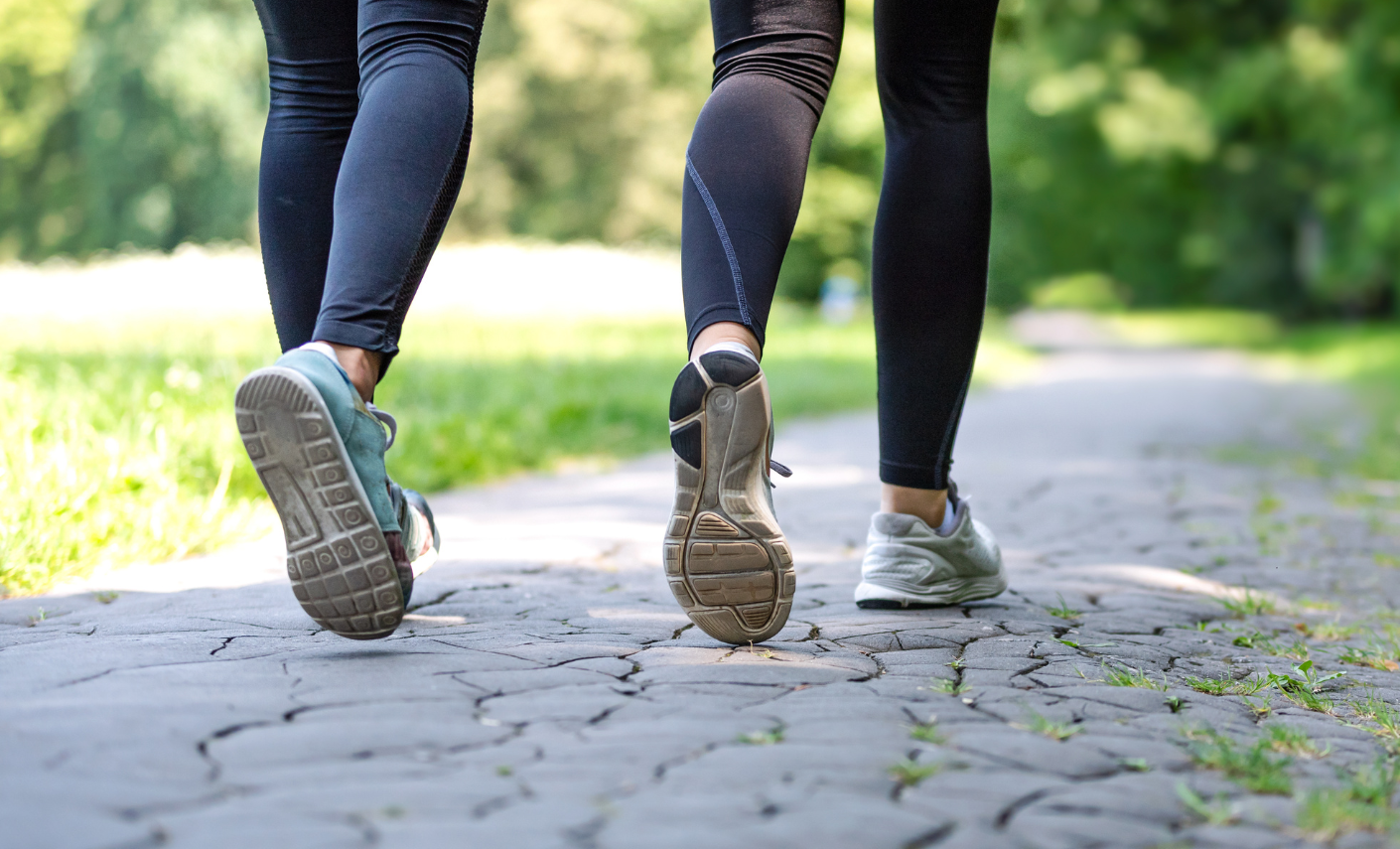
Tingling or numbness in your feet and legs during or after exercise can be an odd sensation. If you’re prone to experiencing it, the most common reasons are related to pressure on nerves or problems with your circulation.

Does wearing high heels really come at a cost to our feet? If you’re wondering what effects - if any - high heels may be having on your feet, here’s the inside scoop from our podiatrists.
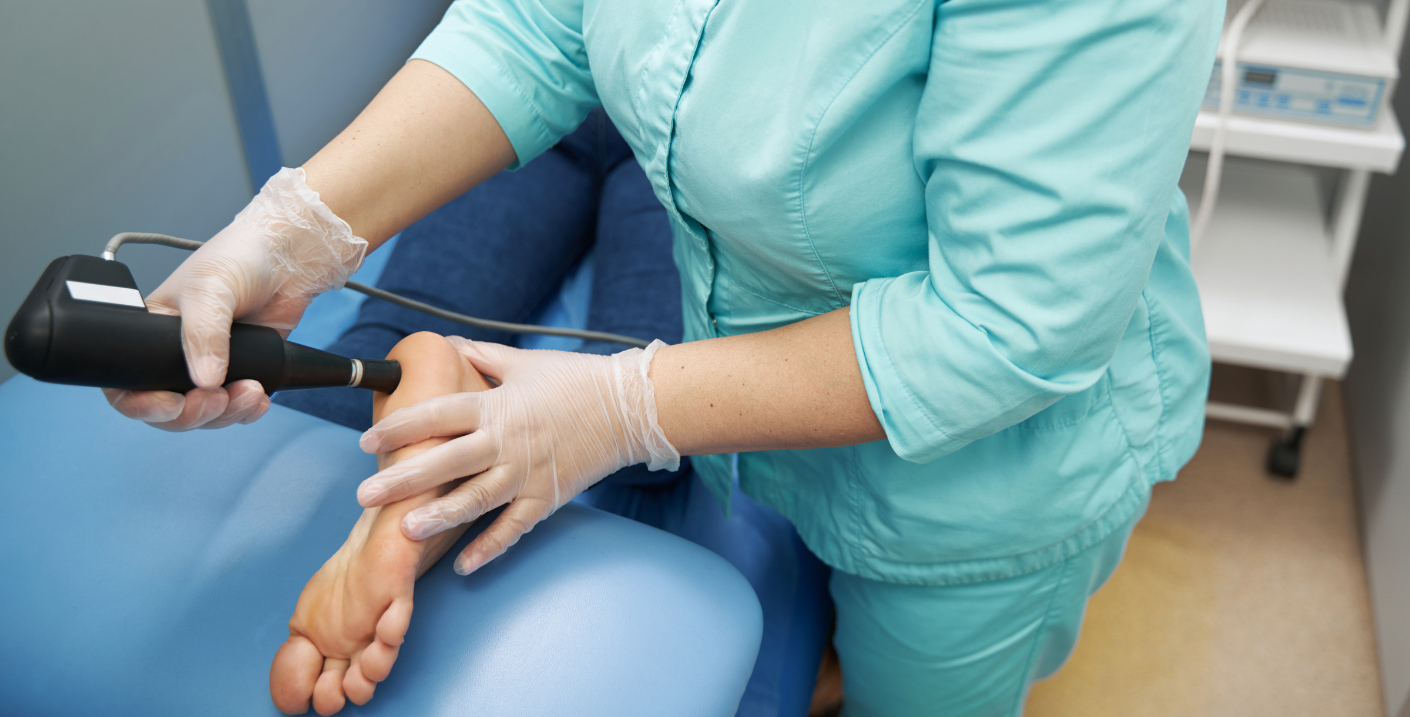
It’s important to not only use an evidence-based treatment plan to help you get the best outcomes for your foot and leg pain, but to help you see the best results in the shortest time. That’s the reason we’ve invested in shockwave.
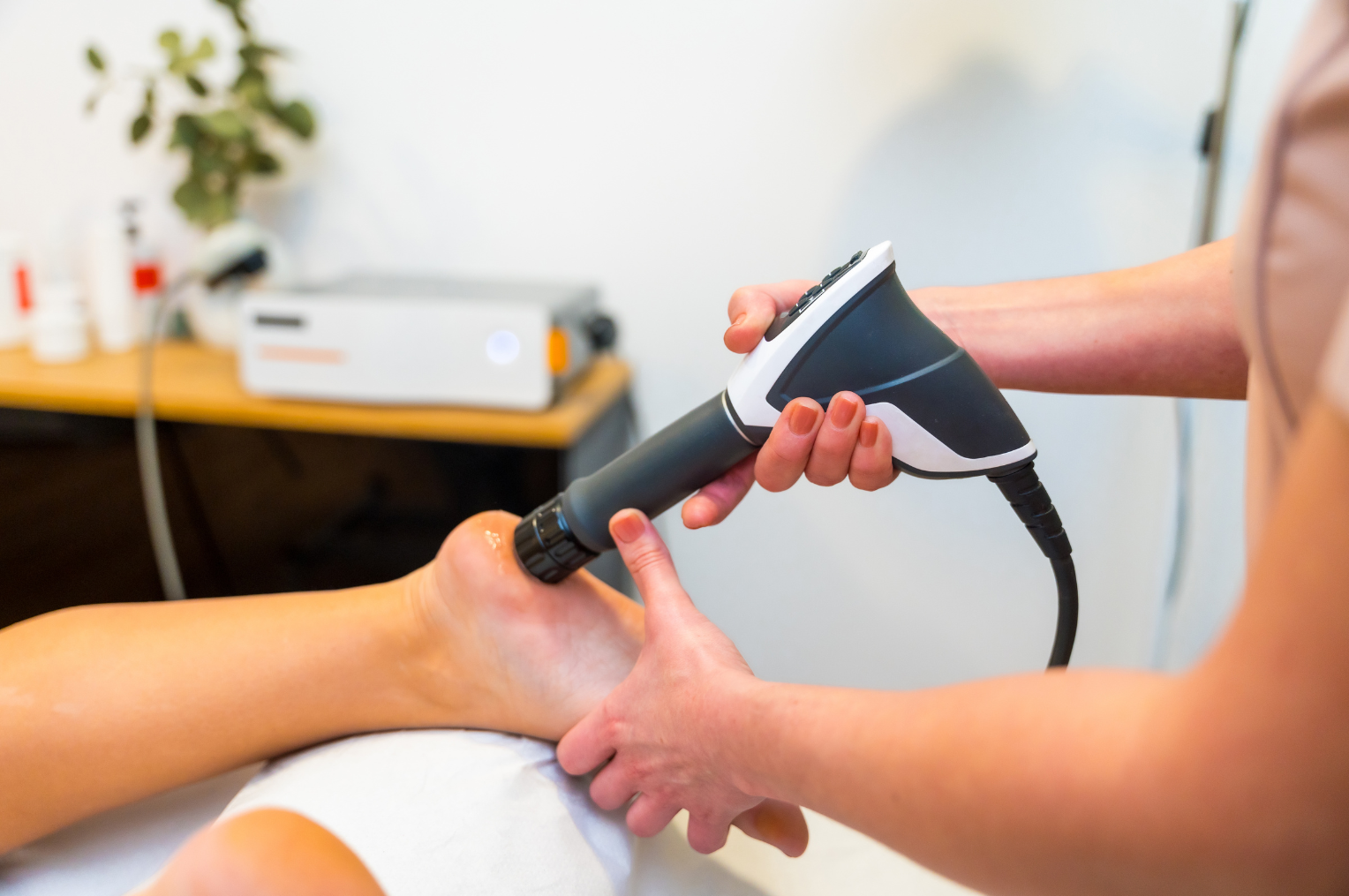
Heel pain is our specialty here at Perform Podiatry. We now have Low-Level Laser Therapy (LLLT) and Shockwave Therapy to
help you get the best results from your treatment.

We treat a lot of ingrown toenails here at the Auckland Ingrown Toenail Clinic. So, with approximately 10% or more of the adult population harbouring a fungal nail infection, it’s not uncommon that we see many ingrown toenails where a stubborn nail fungus has also infiltrated the nail. So how can you tell, what can […]
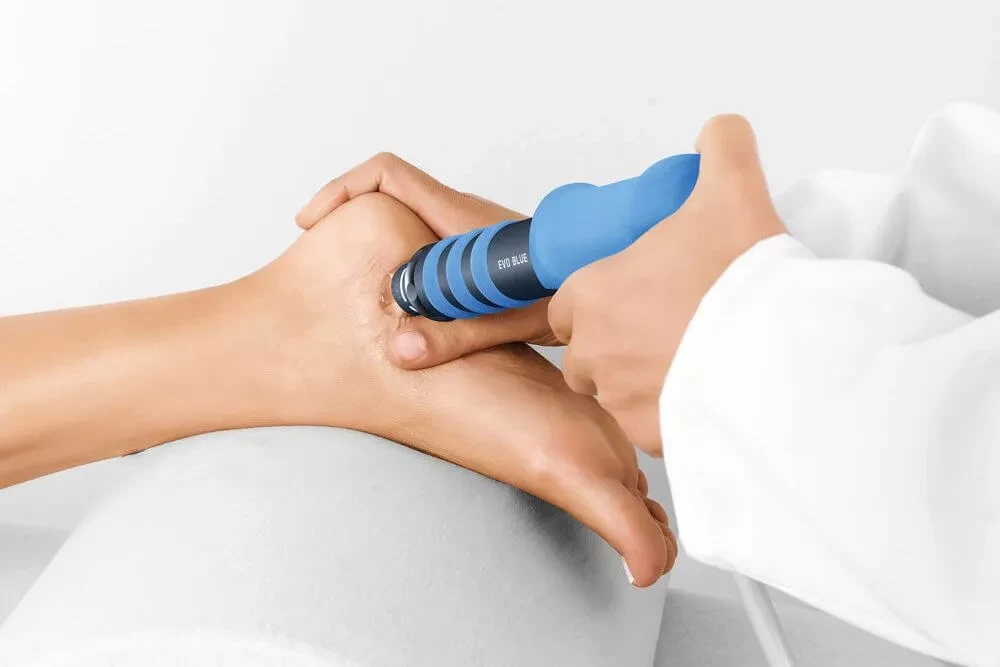
Shockwave therapy is a gold standard treatment used to help achieve the best clinical outcomes for musculoskeletal injuries and pain – and we’re very proud to now offer it to our patients here at Perform Podiatry.
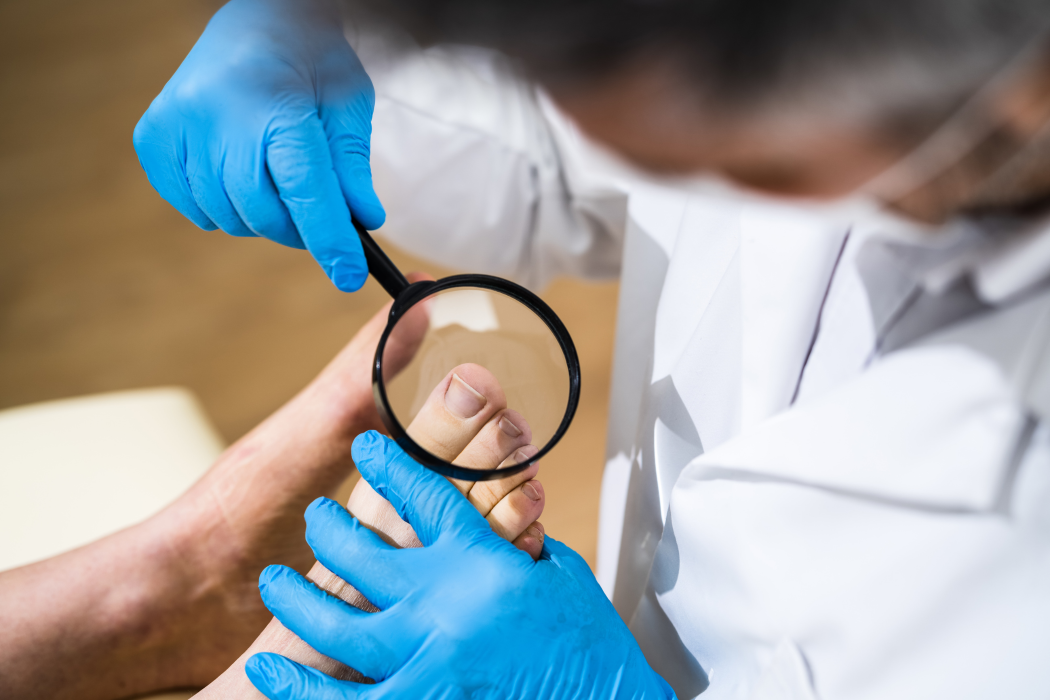
While many of the cases we see here at the Auckland Ingrown Toenail Clinic are fairly standard, there are a few that vary greatly from the ‘norm’, and could have resulted devastating consequences if they had been left untreated under the hopes that the ingrown nail would “go away on its own”, something many people […]

They may be small, but verrucas, also known as plantar (foot) warts, are much more than just a minor annoyance. They can be painful to walk on and extremely persistent, making your day to day life a lot less pleasant or comfortable. As one of Auckland’s leading podiatry clinics that specialise in ingrown toenails, we […]

Not all pedicures are the same. For more than just aesthetic touch-ups, a medical pedicure by a podiatrist ensures your feet are cared for with expert attention, leaving you feeling safe and confident.

Ingrown toenails can be painful and uncomfortable, so identifying the ‘red flags’ of ingrown nails early on can be helpful in getting prompt treatment and reducing the risk of complications. So what are the top red flags you should be looking out for? One: Persistent Pain and Discomfort One of the most significant red flags […]

Hip dysplasia in babies can be concerning for parents. It occurs when the hip joint doesn’t develop properly, leading to instability and potential dislocation, either present at birth or developing soon after.
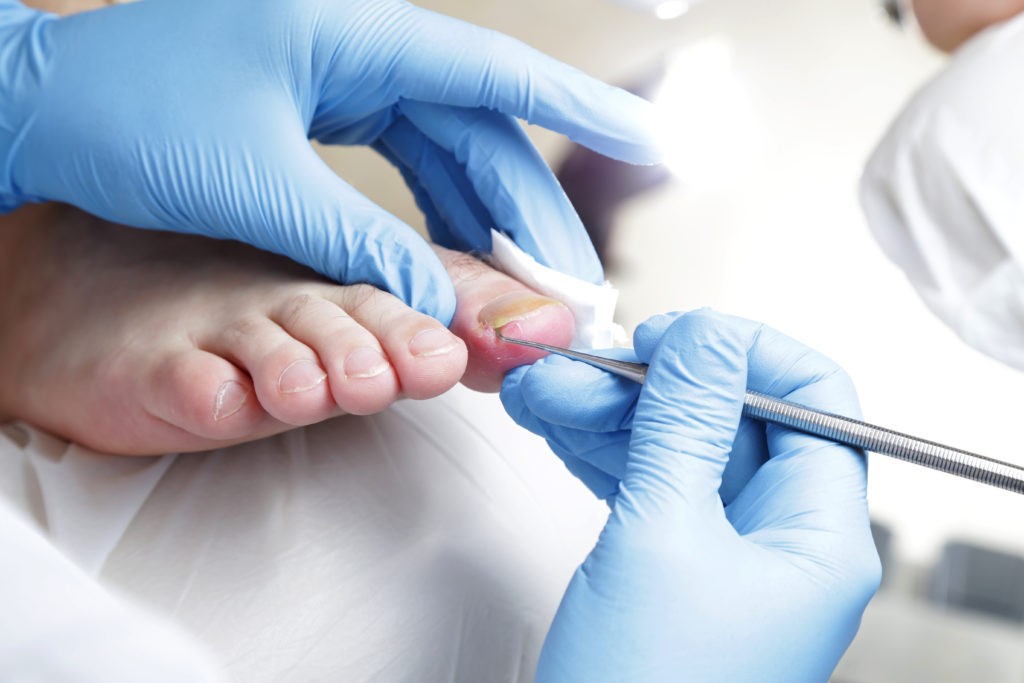
Dealing with an ingrown toenail can be a painful and frustrating experience, with many people opting to have ingrown toenail surgery to find lasting relief. But is ingrown toenail surgery painful? And if it is, is it really worth the discomfort? Do You Really Need Ingrown Toenail Surgery? The first thing you must consider when […]
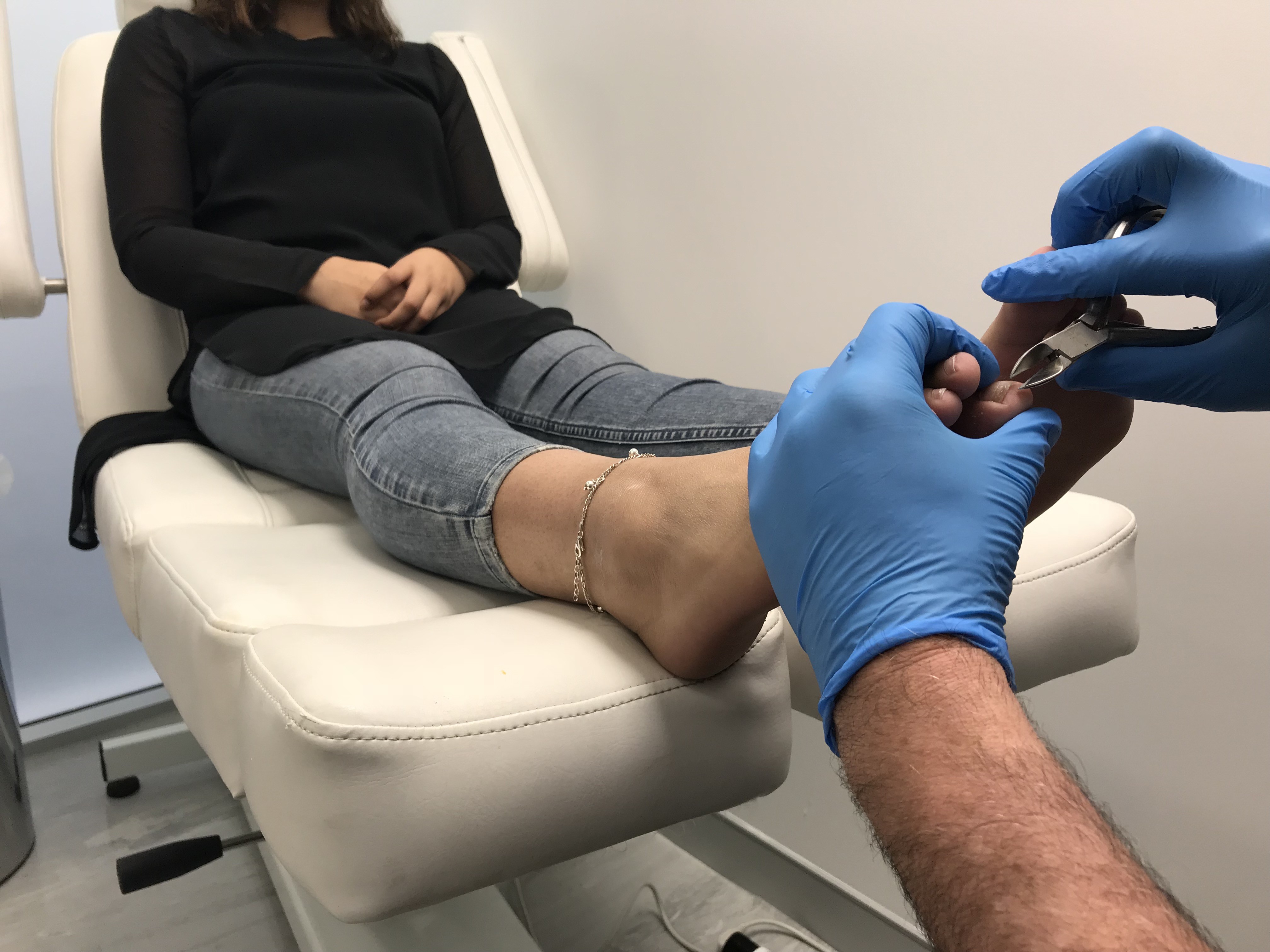
Foot pain can severely impact daily life, limiting mobility and causing constant discomfort. Promptly seeing the right health professional can make all the difference in starting your recovery journey.

With the new school year approaching, our podiatrists are advising parents on buying kids' school shoes. Traditionally, this involves shopping in-store and considering factors like fit and support.
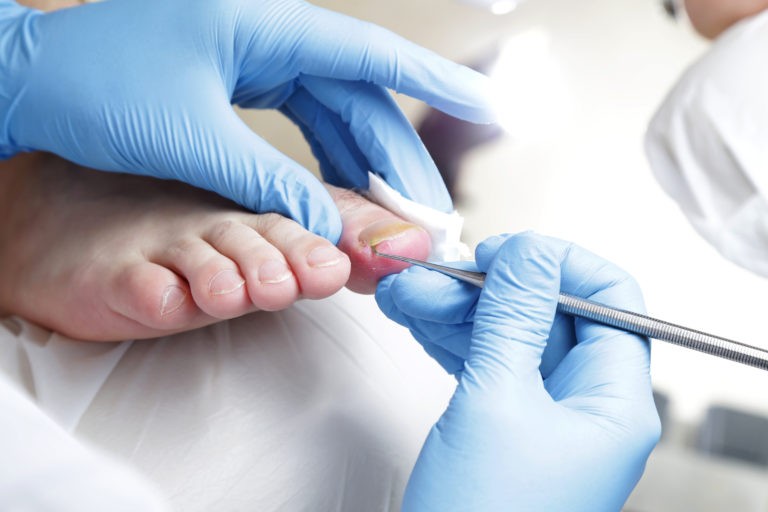
For many Kiwis, ingrown toenails are a persistent and painful condition that significantly impacts their daily life. While some cases can be managed with conservative measures like trimming back the nail carefully, either at home or with the help of your podiatrist (recommended) there are instances where a more permanent solution is required. The Partial […]

Foot and ankle pain can not only be debilitating, but also affects both our mobility and our overall quality of life.

As we get older, certain tasks get that little bit harder – whether it’s getting your shoes on, opening a jar, or reaching your feet to trim your toenails.
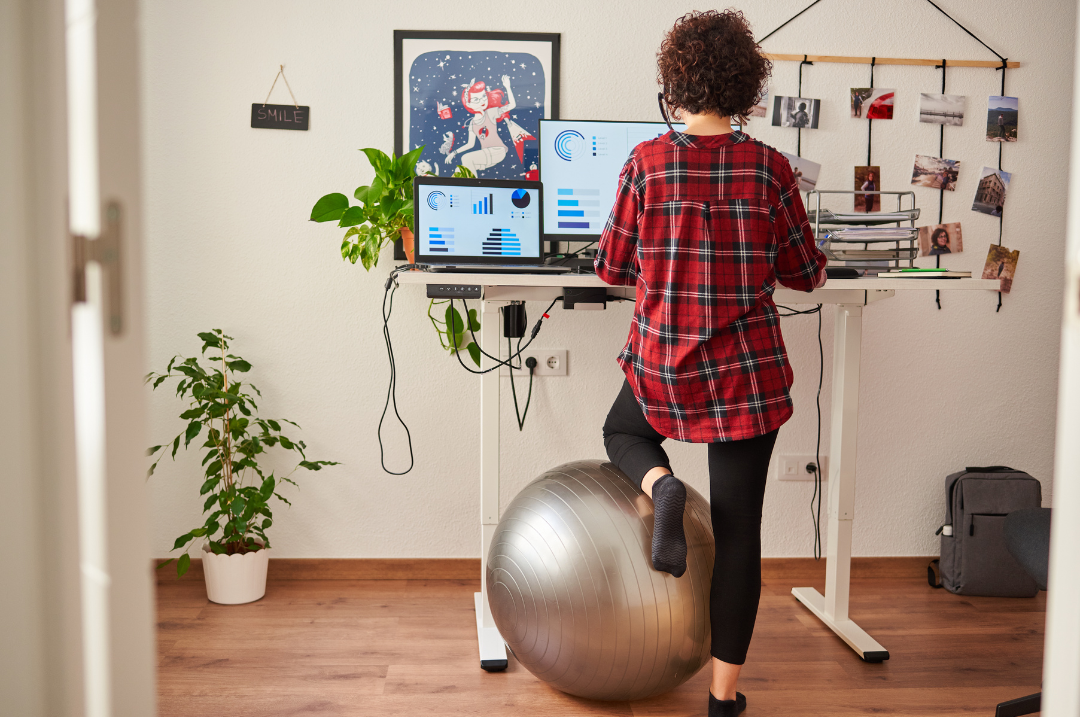
Whether you’re in the office or working remotely, a lot of our workforce spends a significant portion of their day sitting at a desk, often in front of a computer.

Engaging in sports and physical activities can bring joy and numerous health benefits. However, just because you’re staying active, regardless of whether you’re doing it at a professional level or recreationally, does not mean that you’re immune to foot conditions like ingrown toenails. Ingrown toenails can be particularly bothersome when you live an active lifestyle, […]

Snow sports in New Zealand, like skiing and snowboarding, are thrilling. Prepare your body to minimize risk, whether in Queenstown or North Island fields.

Ingrown toenails are a painful and frustrating condition, and while this holds true for everyone, this is particularly applicable to the elderly population. As we grow older, the risk of developing ingrown toenails increases due to various factors such as changes in nail growth, foot structure, and reduced flexibility which leaves us unable to reach […]
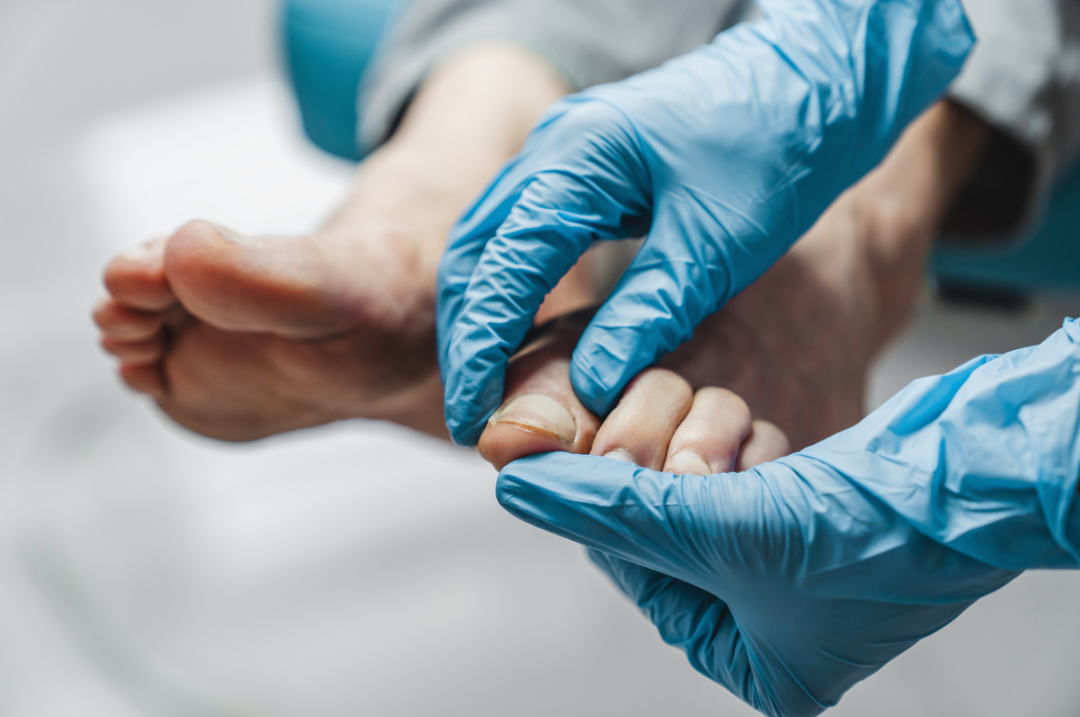
If you consider ingrown toenails to be the most debilitatingly painful problem given that it involves such a seemingly small nail, you’re not alone. These are the exact same thoughts shared by most people who come into our ingrown toenail clinic to have their ingrown nails professionally cared for – and often to get rid […]
Keeping your family on their feet and helping them to walk, run, play and exceed their goals is why we love getting up in the morning.
Ground Floor, One Health Building
122 Remuera Rd, Remuera
Auckland 1050, New Zealand
| MON - FRI | 7:30am – 6:30pm |
| SAT | 8:30am – 4:30pm |
| SUN | Some availability |
Make an Appointment
Online Schedule
Our virtual receptionist is available 24/7 to help with general questions, booking requests, and clinic information, even when our team is busy, or it's after hours.
Whether you're calling us or using our website, you'll get fast assistance any time of day. And if your query needs a personal touch, a member of our team will follow up as soon as possible.
If you’d like to see a podiatrist who speaks your preferred language, just give us a call and we’ll help you book.